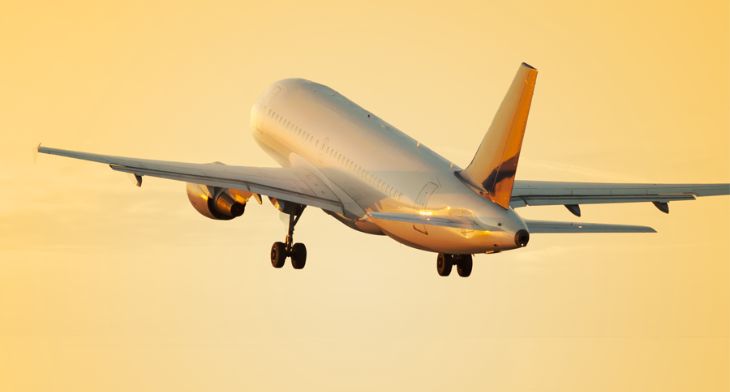


Both airports and airlines are increasing their IT spend signalling the crucial role new and emerging technologies will play in the next-generation travel experience. According to SITA’s 2023 Air Transport IT Insights, IT spend increase year-on-year into 2023, reached an estimated US$10.8 billion for airports (and US$34.5 billion for airlines) with this growth expected to continue in 2024. Airports also boosted IT spend as a percentage of revenue in 2022 and 2023 even as business benefited from an uptick in travel demand.
David Lavorel, CEO of SITA, said: “As we approach a full recovery of passenger demand for air travel, with domestic travel even surpassing pre-pandemic levels in some regions, airlines and airports have learned from the congestion and disruptions seen in the past two years. Advanced data sharing and analytics tools will allow them to unite stakeholders and identify opportunities for greater efficiency and leaner operations. Solutions like total airport management and BI for passenger processing provide airports and airlines real-time insight into the management of assets and passenger flow, allowing for agile, collaborative responses to any disruptions.”
Airports and airlines have taken huge strides in enhancing the passenger experience, with over half having implemented IT to improve efficiency across check-in, bag tag and boarding in 2023. Biometrics are becoming commonplace to help curb congestion, with 70% of airlines expecting to have biometric ID management in place by 2026, and 90% of airports investing in major programmes or R&D in this area.
SITA’s report also underlines that CIOs are now looking to supplement passenger processing advancements with innovative solutions on the operations side. To boost efficiency, protect operations against disruption and streamline processes for both passengers and staff, CIOs are embracing IT solutions for business intelligence (BI), artificial intelligence (AI) and data sharing.
Sustainability also remains high on the agenda, with industry milestones for carbon reduction as well as regulations on emissions coming into view. Technology solutions that can deliver concrete emissions reductions are also increasingly of interest to aviation leaders.
For airports, building and energy management systems are a key priority for offering a unified view of emissions and opportunities to reduce them. Investment in energy management systems which enable airports to monitor, predict and optimise energy supply and demand across their operations, are a key priority. It is a market segment that is expected to grow the most of any airport sustainability initiative, with over half of airports planning this by 2026.
“With industry ambitions to achieve net-zero CO2 emissions by 2050 in mind, airlines and airports are taking necessary steps towards reducing their carbon footprint, adopting digital tools for accurate monitoring and optimisation of energy consumption and emissions,” Lavorel added.





